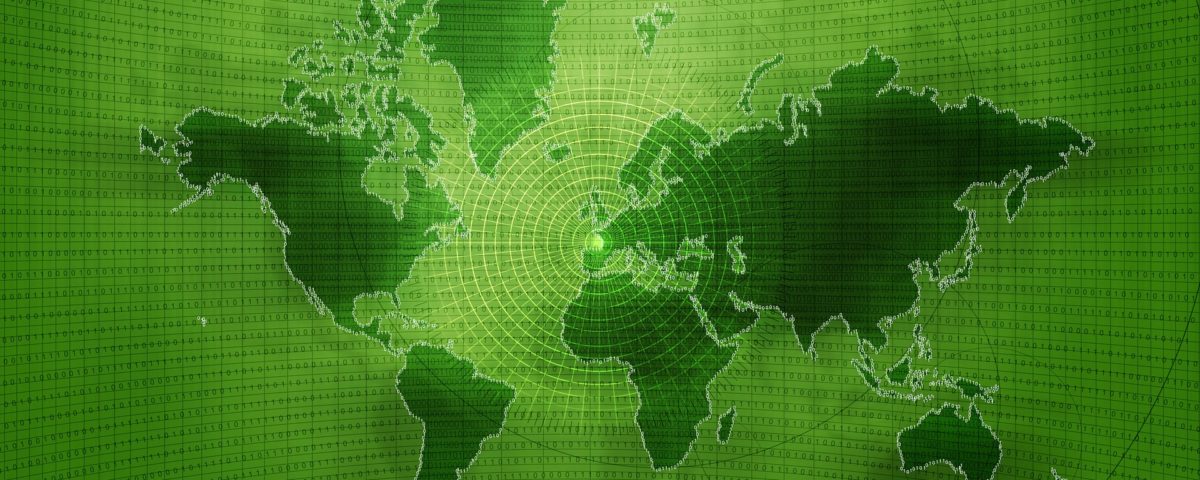Google’s Ambitious Green Goal: Integration of Clean Energy Into its Operations

Chrome OS and Partners: A New Way to Contribute to a Sustainable Future
June 25, 2021
5 Benefits of Digital Marketing in Logistics
December 30, 2022Google was the first major corporation to achieve carbon neutrality in 2007, and since 2017, they’ve replaced 100% of their yearly electricity use with renewable energy purchases. But Google doesn’t stop here. They intend to decarbonize their electricity use for every hour of every day by 2030.
Google spent $2.25 billion on data centers and infrastructure in the most recent quarter, a significant portion of its costs. This is one of the many reasons the corporation is pursuing solar, wind, and other alternative energy sources to power its data centers and banks of servers throughout the world. Studies show that Google, more than any other company, is the most aggressive in promoting a clean energy agenda. But what is clean energy and why does Google focus on it?
What is Clean Energy?
Clean energy is obtained from sources that do not emit pollutants into the atmosphere or derived from natural sources. Wind and solar energy are examples of sustainable energy resources that, unlike fossil fuels and gas, will not run out.
How Does Clean Energy Work?
Clean energy generates electricity without having a detrimental influence on the environment, such as the release of greenhouse gases like carbon dioxide. Wind power, some hydro resources, and solar-powered energy output are all renewable sources of clean energy.
Benefits of Using Clean Energy
Clean energy has a number of environmental and economic advantages, including lowering pollution levels. A varied sustainable energy supply minimizes reliance on foreign fuels as well (and the associated financial and environmental costs this incurs).
Renewable clean energy also saves money because there’s no need to collect and transport fuels like oil or coal because the resources replenish themselves spontaneously.
The creation of jobs to develop, manufacture, and install future clean energy resources is another industrial benefit of a clean energy mix.
How Google Integrates Clean Energy Into its Operations
Because the amount of computing done at Google data centres continues to rise, achieving 100 % renewable energy year after year is not an easy task. This was especially true in 2020, a year in which many people’s employment, school, doctor’s appointments, family meetings and even first dates were all conducted online.
The goal toward 100 % energy efficiency is to reduce the quantity of energy consumed in the first place. It was recently discovered that despite a 550% increase in computing needs over the last decade, global data center electricity remained nearly unchanged.
Google was able to use more electricity when carbon-free energy sources like solar and wind were abundant, by allowing their data centres to shift their activities to different times of the day. With their most recent update, they can now move more energy use to locations where carbon-free energy is available.
The quantity of computation that takes place at each data center fluctuates across the world, growing and decreasing throughout the day. Google’s carbon-aware platform calculates how much a specific network will rely on carbon-intensive energy. It does this so that it can redistribute computation around the world, favoring locations with more carbon-free electricity. The new platform accomplishes all of this while still completing all of your tasks, which means you can continue to watch YouTube videos, upload photos, find directions, and do whatever else you want.
Google is starting with their media processing operations, which encode, analyze, and process millions of multimedia assets such as YouTube videos, Photos, and Drive. These, like many other Google computing jobs, can technically be executed in a variety of locations (of course, limitations like privacy laws apply).
Today, Google’s global carbon-intelligent computing platform will shift as much energy consumption as possible to times and places where energy is cleaner, reducing carbon energy consumption. Developers and customers of Google Cloud can also choose regions with higher carbon-free energy (CFE) scores to favor cleaner networks and optimize the proportion of carbon-free energy used to power their apps.
When you use Google to search, your query is sent across the Internet, to a server, processed, and returned to you in microseconds. You’d be shocked by how much energy that process consumes. Google is effectively making efforts to reduce its carbon footprint and become fully sustainable so that it can keep serving you while being eco friendly.
To read more about Google’s efforts, tune into Econz Cloud blogs.


